
Quiz: Regulations for Instrument Flight Rules
/
0 Comments
Instrument flying requires you to know a lot of rules, from clearance limits to airspace requirements. Can you answer all these regulations questions and stay legal in the IFR system?
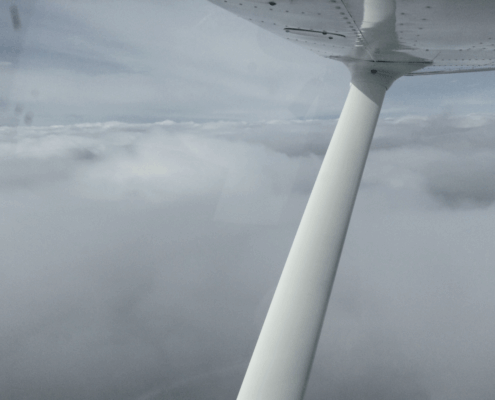
It’s Personal: Managing Your Own Minimums
Your personal minimums aren’t just numbers on a checklist—they’re dynamic limits that should evolve as your skills and experience do. In this month’s IFR Focus, Master Instructor Elaine Kauh rethinks the idea of “personal minimums” as personal operating ranges, complete with red lines, yellow arcs, and moving needles. It’s a fresh, practical look at how to monitor proficiency and manage IFR risk.
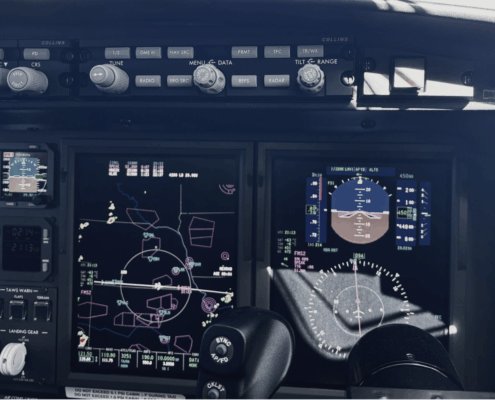
Video Tip: Using the Flight Director
Think of the flight director as your own personal autopilot coach—it shows you exactly what inputs to make to stay on course and on glidepath. In this IFR Focus video tip, we’ll explain how to interpret those familiar magenta “V-bars,” how they differ from the autopilot, and why mastering the flight director can make your hand-flown approaches smoother and more precise.
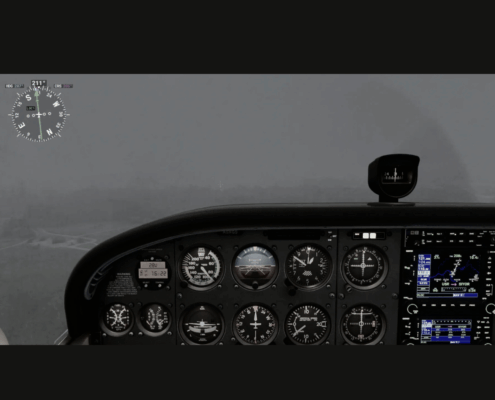
Sim Challenge: There And Back Again
For this inaugural Sim Challenge let’s just make it a nice short flight from White Plains, New York (KHPN) to Danbury, Connecticut (KDXR). At 21nm from start to finish, there isn’t much time for things to go wrong, or much time at all, really. And therein lies the rub. We typically estimate the subjective challenge of a flight to be proportional with the length of the flight. When it comes to weather flying, performance considerations, and fatigue management, there’s certainly something to be said for that.
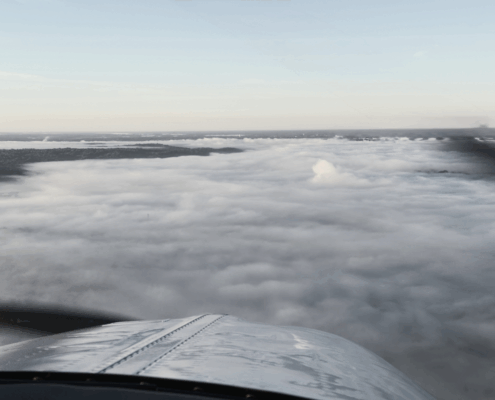
Departure Planning for IFR Pilots: Risk Management Tips
Departures can be one of the riskiest phases of flight, especially in instrument conditions (IMC) or mountainous terrain. Even experienced pilots benefit from a structured approach to departure planning that accounts for terrain, obstacles, aircraft performance, and weather.
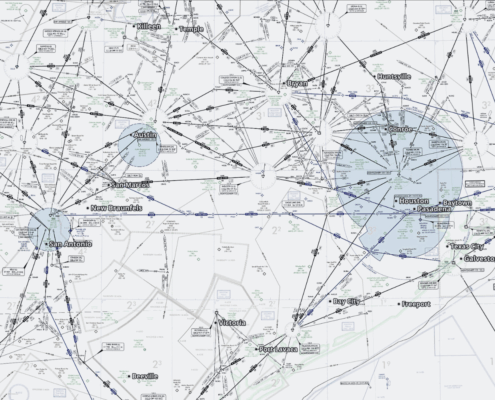
Chart Smart: low altitude IFR enroute chart intersection symbol
Think you know your IFR charts? In our “Chart Smart” series, we’ll put your instrument knowledge to the test with real examples from approach plates and en route charts—then break down what each symbol really means.

